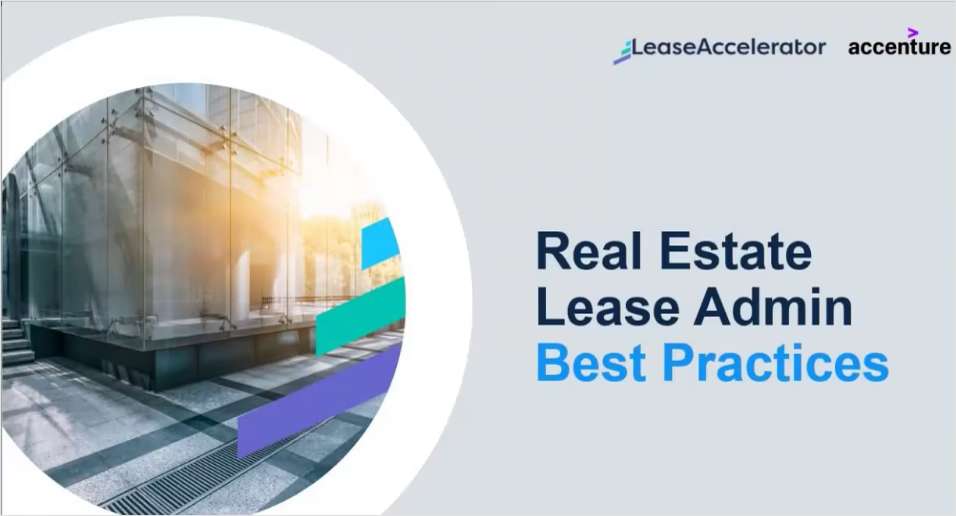Wednesday's GlobeSt.com webinar Real Estate Forum,
"We are seeing situations where the vacant Mervyn's and Circuit City stores are being backfilled by other tenants," said Schechner, managing director and US head of real estate investment banking at Barclays. "So all the space isn't being absorbed, but a surprisingly large amount of what you would have thought to be single-tenant boxes are being retenanted."
Graiser, co-president at DJM, said he's seeing some of the "healthier" retailers negotiating to buy back their own real estate rather than trying to obtain rent reductions. Kimco Realty Corp's vice chairman and president, David Henry, noted that strong regional grocery chains are taking advantage of bankruptcy-induced vacancies to expand their bases.
Nonetheless, the panelists inevitably focused on the uncertainty facing the retail sector, whether it comes from consumer inactivity, investor caution or the waiting game as the Treasury attempts to restore liquidity to the system. "History has shown we run in cycles," said Bernard J. Haddigan, managing director and SVP of the national retail group at Marcus & Millichap Real Estate Investment Services. "The question is how long and how deep this one is going to be." Haddigan cited "a certain amount of paralysis" on the part of investors, even as some are excited about the opportunities that the next two or three years will bring.
[IMGCAP(2)]All agreed that a great deal hinges on the shopper loosening the purse strings again. "A return of consumer confidence and spending--at rational patterns, not even aggressively--would give a sense to all the retailers that they should put a lot of inventory in the stores," said Schechner.
The bid/ask gap in retail properties is causing many would-be buyers to watch and wait. "When you put your own house on the market in a soft market, you don't reduce your price right away," Henry said. "It isn't until the traffic slows down and your broker moans and groans for three or four months that you finally get a little more realistic. We're in the early stages of that with commercial real estate."
Some easing of this stalemate may come from federal efforts to stimulate lending. Schechner pointed out that if a borrower can achieve a 40% loan because it is partially supported by the government, "that 40% loan and 60% equity means you already have a floor for the asset."
Click here to access the complete webinar.
Want to continue reading?
Become a Free ALM Digital Reader.
Once you are an ALM Digital Member, you’ll receive:
- Breaking commercial real estate news and analysis, on-site and via our newsletters and custom alerts
- Educational webcasts, white papers, and ebooks from industry thought leaders
- Critical coverage of the property casualty insurance and financial advisory markets on our other ALM sites, PropertyCasualty360 and ThinkAdvisor
Already have an account? Sign In Now
*May exclude premium content© 2024 ALM Global, LLC, All Rights Reserved. Request academic re-use from www.copyright.com. All other uses, submit a request to [email protected]. For more information visit Asset & Logo Licensing.








